6 Best Practices for XML Sitemap
Site Audit Issues
Content:
- Why Should You Care about XML Sitemap?
- What Does an XML Sitemap Look Like?
- What Is an XML Sitemap Index?
- Where Should I Place My XML Sitemap Index?
- Best Practices for XML Sitemap
- How To Check if Your Sitemap Is Working with Netpeak Spider
- Conclusion
Imagine that your website is a large city that consists of different streets, buildings, and routes, and crawl robots are the tourists that can easily get lost. XML sitemap is a compass that helps search engine robots explore and analyze all the pages, text, and visual content on your website without missing a thing. Let’s see why XML sitemap is important.
Why Should You Care about XML Sitemap?
XML (eXtensible Markup Language) sitemaps serve as a roadmap for search engine crawlers, guiding them through your website's pages, posts, and content.
By providing a comprehensive list of changefreq URLs along with relevant metadata, XML sitemaps assist search engines in indexing your website more effectively. This approach ensures that search engines are aware of all the essential pages on your website, ultimately contributing to better rankings on search engine results pages (SERPs). Take a look at this sitemap XML example.
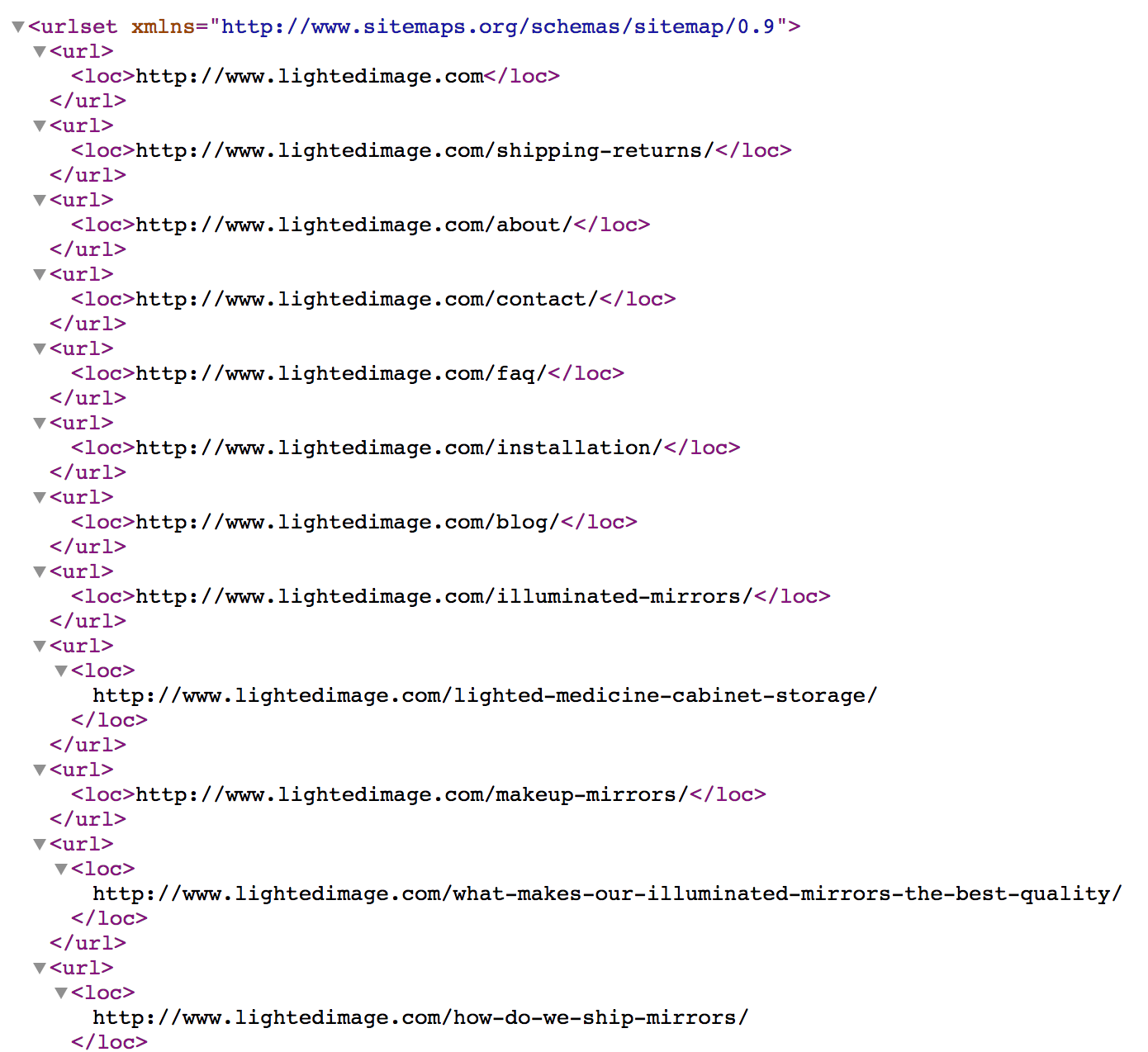
Now that you know what an XML sitemap look like, it’s time to explore the main benefits you get with XML sitemaps.
- Improved crawling efficiency
XML sitemaps act as a blueprint for search engine bots that help navigate your website's structure more effectively. By providing a centralized location for all important URLs, XML sitemaps simplify the crawling process, ensuring that no crucial pages are missed.
- Enhanced indexing
A well-structured XML sitemap helps search engines identify and index content faster, making it more likely for your pages to appear in search results. Properly indexed content increases the chances of your website being displayed for relevant search queries, driving organic traffic.
- Additional information about your website
XML sitemaps include additional information, such as the last modification date and frequency of updates, allowing search engines to prioritize crawling based on content changes. This communication ensures that search engines are aware of the latest updates on your website, contributing to a more accurate representation in search results.
- Easier management of large volumes of content
For websites with an extensive range of pages, XML sitemaps become crucial in managing the sheer volume of content. Large websites, eCommerce platforms, and dynamic websites benefit significantly from XML sitemaps. They provide a systematic approach to indexing and crawling.
What Does an XML Sitemap Look Like?
Here are the main components of XML sitemaps.
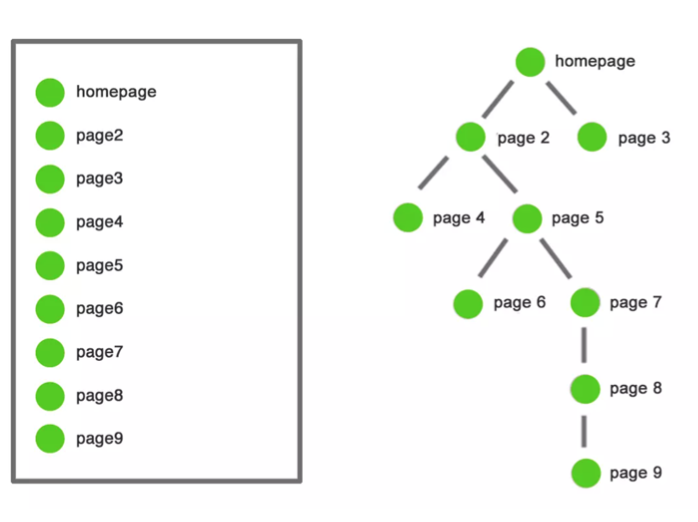
XML Header
<?xml version="1.0" encoding="UTF-8"?>
This section usually indicates what search engines can expect to get from the file. This header denotes that the content is structured according to version 1.0 of the XML standard and describes the character encoding.
Definition of the URL set
<urlset xmlns="http://www.sitemaps.org/schemas/sitemap/0.9">
The URL set definition encompasses all the URLs within the sitemap and specifies the version of the XML Sitemap standard being utilized. It's important to note that the URL set is closed at the end of the document.
</urlset>
Definition of the individual URLs
Each URL definition is required to include the loc-tag (short for location). The value assigned to this tag should be the complete URL of the page, incorporating the protocol (e.g., "http://").
In addition to the loc-tag, each URL definition may encompass the following optional properties:
- lastmod: indicating the date when the content on that specific URL was last modified. The date is presented in the "W3C datetime" format.
- priority: signifying the priority of the URL in relation to your own website on a scale ranging from 0.0 to 1.0.
- changefreq: specifying how frequently the content on the URL is anticipated to undergo changes.
What Is an XML Sitemap Index?
An XML Sitemap Index, known simply as a Sitemap Index, is a specialized XML file used in search engine optimization (SEO) to provide a comprehensive and organized guide to a collection of multiple XML sitemaps. Unlike a regular XML sitemap, which typically contains a list of individual URLs and their associated metadata for a single website, a sitemap format is a main file that points to and consolidates multiple sitemaps.
An XML Sitemap Index is structured using XML (eXtensible Markup Language), which is a standard markup language for encoding documents. It consists of specific elements and tags that organize information about multiple sitemaps and their respective URLs.
The primary purpose of a Sitemap Index is to provide search engines with a centralized and hierarchical view of the various sitemaps associated with a website. It acts as a directory or container for individual sitemaps, streamlining the process for search engine crawlers to discover and navigate through the entire content structure of a website.
Where Should I Place My XML Sitemap Index?
A sitemap. xml file is placed in the root directory of a site. It allows you to specify the URLs, the order in which crawlers should scan them, the date of the last update, the availability of other language versions, etc. Remember to include only the pages and content you consider important and want search engines to crawl and rank.
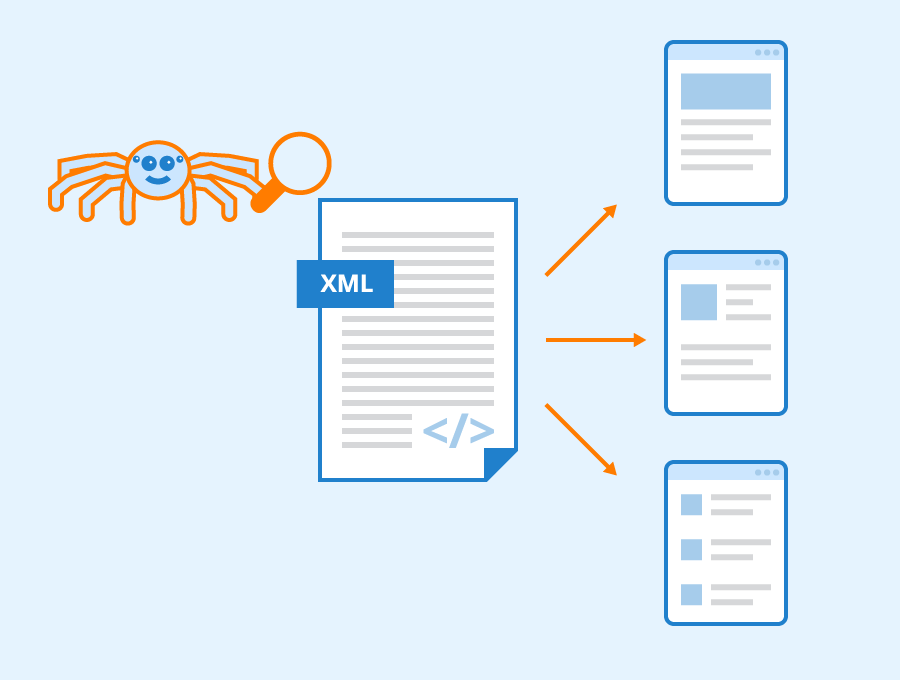
Before proceeding to the next section, it’s important to mention that not all websites need a sitemap. It’s time to think about a sitemap if:
- Your website has a lot of pages, and you regularly update it. As a result, Google may miss some pages or updated content and not crawl it.
- You have a lot of isolated pages not linked to each other. In order for Google to find and crawl your page, you need to link to it somewhere. If your website pages don't link to each other, you can include them in a sitemap.
- Your site contains a lot of rich media content. In such a case, Google can reference sitemaps to find videos and images.
Best Practices for XML Sitemap
You can’t create a sitemap and forget about it. You need to regularly improve it and make sure it’s relevant. Here are the main XML sitemap best practices.
Keep your XML Sitemap up-to-date
Keep your XML sitemap up-to-date by adding new pages and removing outdated or irrelevant ones. Regular updates signal to search engines that your website is active and maintained, which can positively impact your search rankings.
Include only indexable pages in your XML Sitemap
Ensure that your XML sitemap format encompasses all significant pages, including main content, categories, tags, and other relevant sections of your website. Every important page should have a corresponding entry in the XML sitemap to maximize its visibility.
Prioritize URLs with priority tags
Utilize the priority tag in your format sitemap XML to indicate the relative importance of different pages on your site. While search engines may not strictly follow priority indications, this practice helps convey the hierarchy of content within your website.
Include last modification date
Incorporate the last modification date for each URL in your XML sitemap. This information assists search engines in understanding when a particular page was last updated, aiding in efficient crawling and indexing.
Maintain a consistent URL structure
Stick to a consistent and logical URL structure for your website. A well-organized URL hierarchy not only makes it easier for users to navigate but also helps search engines understand the relationship between different pages.
Stick to the limits for XML Sitemaps
Minimize the use of URL parameters and avoid unnecessary redirects within your XML sitemap. Simple URLs contribute to a more user-friendly experience and reduce the chances of search engine confusion during crawling.
How To Check if Your Sitemap Is Working with Netpeak Spider
With the help of Netpeak Spider, you can check if your Sitemap format is compliant with the standard sitemap protocol requirements and scan for more than 30 errors. Netpeak Spider will help you identify various errors and fix them as soon as possible.
Netpeak Spider can help you find broken sitemaps, missing or duplicate links in sitemaps, and improper URL format, among other issues. Here’s how to use it.
Navigate to the Sitemap validator in Netpeak Spider
Open Netpeak Spider and find an XML Sitemap Validator in the ‘Tools’ drop-down menu. Then, validate XML sitemap by clicking on the XML Sitemap Validator. If you are pressed in time and need a quick scan, just press the ‘Alt+X’ hotkey combination.
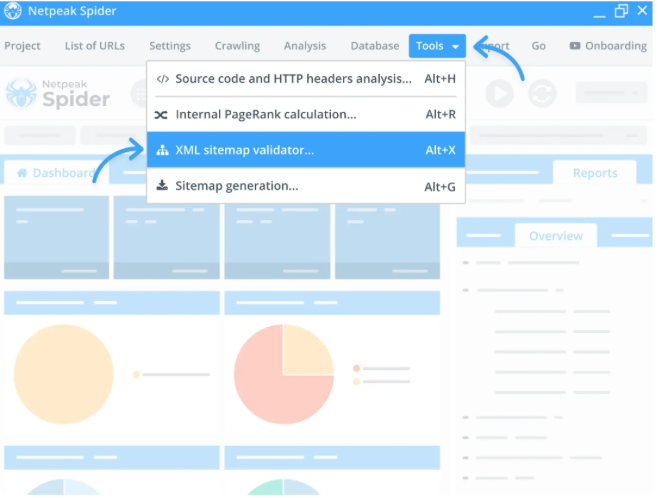
Insert the URL of Sitemap.xml and start scanning
First of all, insert the path to the Sitemap.xml file in the field in the top-middle part of the main screen. To start scanning, click the ‘Start’ button in the top-right corner of the screen.
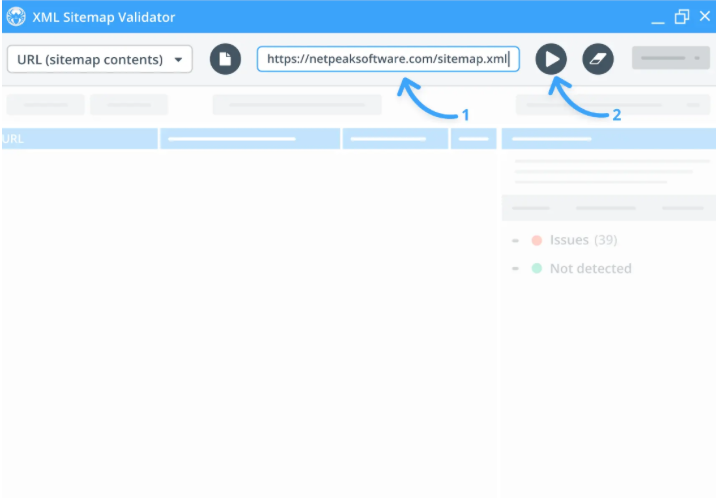
Analyze the results of scanning
After scanning is finished, you will be able to see the URLs included in the sitemap. If you need to verify or analyze the report in further detail, select the appropriate attribute at the top side of the scan result table of the issue viewer panel. On the right side of the screen, you will see the list of errors of the listed URLs of your Sitemap.xml.
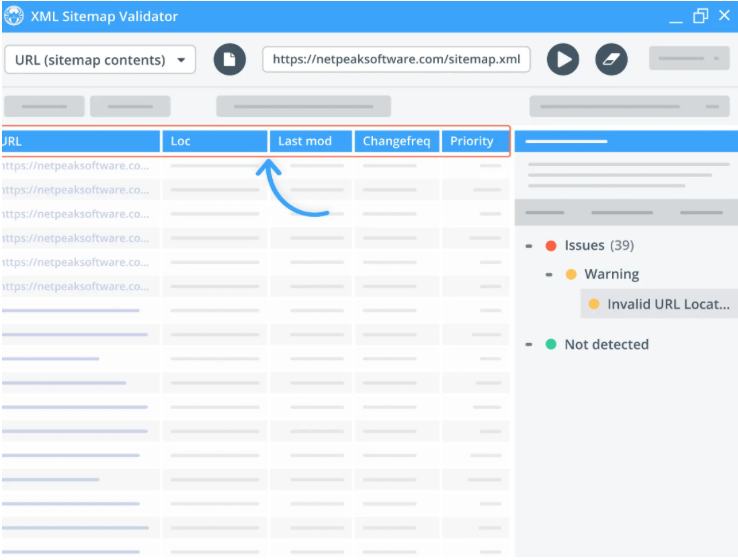
Download the Sitemap report
With the Netpeak Spider export feature, you can easily download the report or share it with others. For this, click on the ‘Export’ button located in the top left side of the program window.
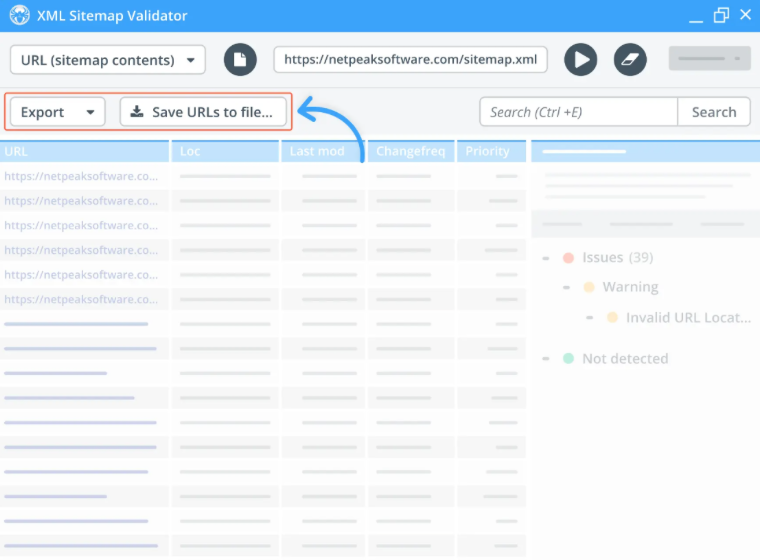
Conclusion
XML Sitemap is an effective way to enhance crawling, indexing, and, ultimately, a better user experience. If you have a large and complex website, it’s crucial to help search engines navigate and index the diverse content within a site without missing a thing. If you maintain a relevant and structured XML sitemap, you have all the chances to enhance the discoverability and ranking of your content on search engine result pages.



.png)
